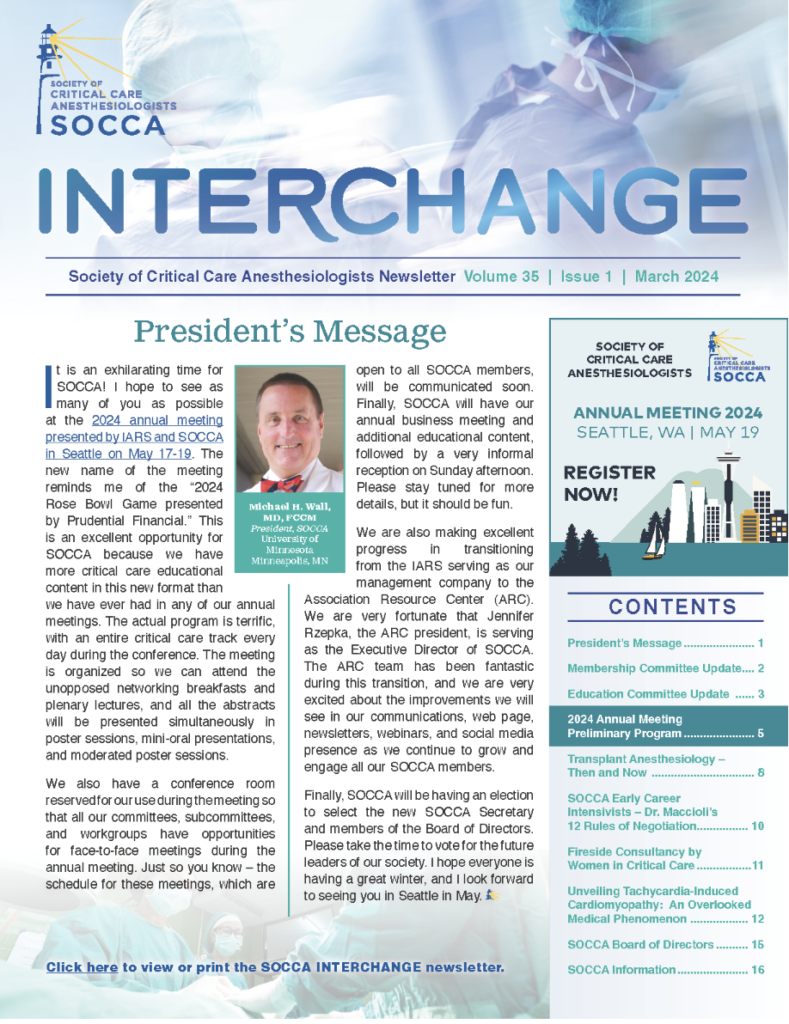“Did You See This?”
Rochwerg B, Oczkowski SJ, Siemieniuk RAC, et al. Corticosteroids in Sepsis: An Updated Systematic Review and Meta-Analysis. Crit Care Med. 2018;46(9):1411-1420.
This review and meta-analysis sought to further elucidate the efficacy and safety of steroids in sepsis given newly published randomized controlled trials in this arena. The authors searched published and unpublished sources for randomized controlled trials comparing any of various corticosteroids to a placebo in sepsis patients older than the neonatal period. In total, 42 randomized controlled trials studying over 10,000 patients were eligible for analysis.
The authors reported that corticosteroid use in septic patients may offer only a small reduction in absolute mortality of about 2%, albeit with low certainty. Overall, corticosteroids may also result in a small increase in the risk of neuromuscular weakness. Hyperglycemia and hypernatremia, known side-effects of corticosteroid therapy, were not adequately described in the studies and neither were their sequelae for patients, further contributing to lower certainty of evidence regarding effects.
Rygård, S.L., Butler, E., Granholm, A. et al. Low-dose corticosteroids for adult patients with septic shock: a systematic review with meta-analysis and trial sequential analysis. Intensive Care Med (2018) 44: 1003.
This review took a more exclusive look at existing randomized controlled trials in the published literature by focusing on “low-dose corticosteroid use”, requiring that the corticosteroid dose was equal to or less than 500 mg per day of hydrocortisone (or equivalent) and only included adult studies. The primary outcome was short-term mortality (90 days). Secondary outcomes analyzed were long-term mortality (6 months to 1 year), adverse events, patient-reported quality of life at final follow-up. Tertiary outcomes, which were not vetted for bias, were time to shock resolution, secondary infection, GI bleeding, delirium, hypernatremia, hyperglycemia; and duration of ICU stay, hospital stay, and mechanical ventilation. Studies were independently assessed for risk of bias by 2 investigators. In total there were 22 studies that included 7,297 patients.
From this evaluation, the investigators reporte that “low dose corticosteroid use” does not seem to affect either short-term or long-term mortality in a statistically significant manner. However, it does appear to increase adverse events. Treatment with low-dose steroids did not seem to be associated with secondary infection. Treatment with corticosteroids does decrease the duration of shock, length of mechanical ventilation, and ICU length of stay.
Annane D, Pastores SM, Rochwerg B, et al. Guidelines for the Diagnosis and Management of Critical Illness-Related Corticosteroid Insufficiency (CIRCI) in Critically Ill Patients (Part I): Society of Critical Care Medicine (SCCM) and European Society of Intensive Care Medicine (ESICM) 2017. Crit Care Med. 2017; 45(12):2078–2088.
Pastores SM, Annane D, Rochwerg B, et al. Guidelines for the Diagnosis and Management of Critical Illness-Related Corticosteroid Insufficiency (CIRCI) in Critically Ill Patients (Part II): Society of Critical Care Medicine (SCCM) and European Society of Intensive Care Medicine (ESICM) 2017. Crit Care Med. 2017; 46(1):146–148.
The Society of Critical Care Medicine (SCCM) and European Society of Intensive Care Medicine (ESICM) recently updated their guidelines for the diagnosis and management of critical illness-related corticosteroid insufficiency (CIRCI). Relevant studies were formulated using the GRADE methodology. Recommendations were classified as strong or conditional and the quality of evidence was classified from high to very low. A recommendation required approval agreement of at least 80% of task force members to be included.
Regarding the diagnosis of CIRCI:
- They make no recommendation on a test to diagnose CIRCI, but they do reinforce Endocrine Society guideline recommendation that high-dose (250mcg) ACTH stimulation test is superior to others.
- They suggest against using plasma free cortisol or salivary cortisol level vs plasma total cortisol. (Conditional, Very Low quality of evidence)
Regarding the treatment of specific conditions:
- Sepsis with shock - IV hydrocortisone <400mg/day for at least 3 days. (Conditional, Moderate quality of evidence)
- Sepsis without shock - suggest not using corticosteroids for the side effects given lack of clear benefit. (Conditional, Moderate quality of evidence)
- Acute Respiratory Distress Syndrome - in early moderate to severe ARDS (PaO2/FiO2 < 200 and within 14 days of onset) they suggest using corticosteroids for potent. (Conditional, Moderate quality of evidence)
- Trauma - suggest against the use of corticosteroids. (Conditional, Low quality of evidence)
- Community-acquired Pneumonia (CAP) - suggest <400mg IV hydrocortisone for 5-7 days in hospitalized patients with CAP. (Conditional, Moderate quality of evidence)
- Influenza - suggest against the use of corticosteroids. No randomized controlled trials were found. (Conditional, Very Low quality of evidence)
- Meningitis - suggest using corticosteroids primarily for the potential effects on hearing loss and other neurological sequelae. (Strong, Low quality of evidence)
- Cardiopulmonary Bypass Surgery - although no statistically significant data exists, they suggest using corticosteroids given the trends toward benefit for lower atrial fibrillation rates post-operatively and mortality. (Conditional, Moderate quality of evidence)
- Cardiac Arrest - suggest using corticosteroids after resuscitation. (Conditional, Very Low quality of evidence)




































